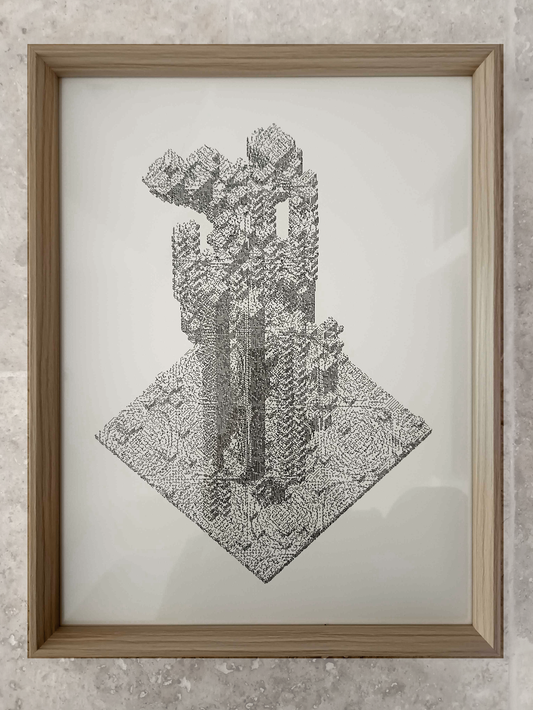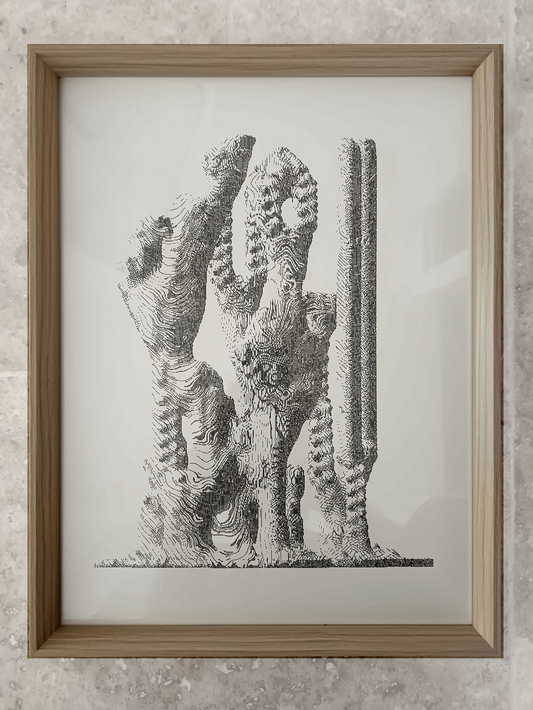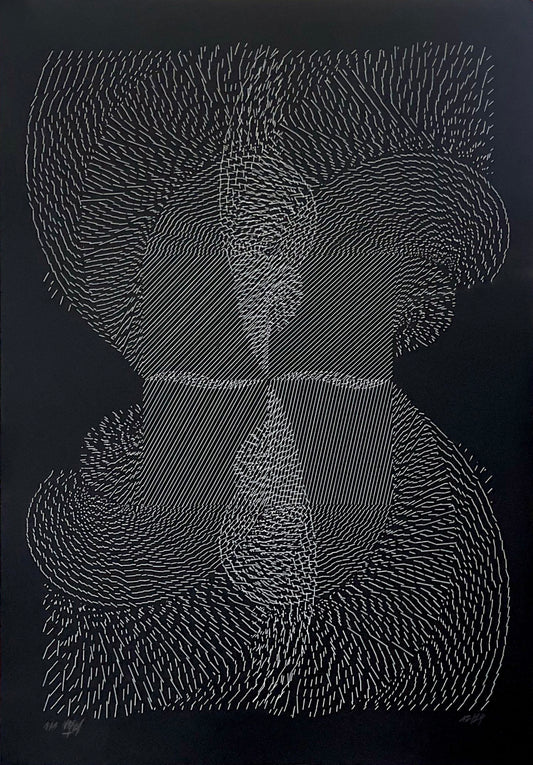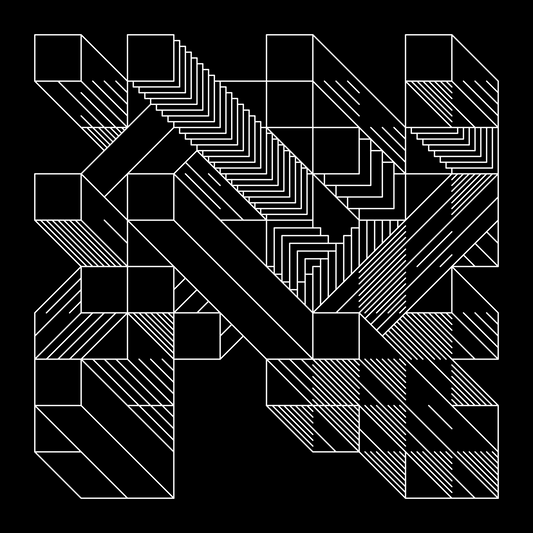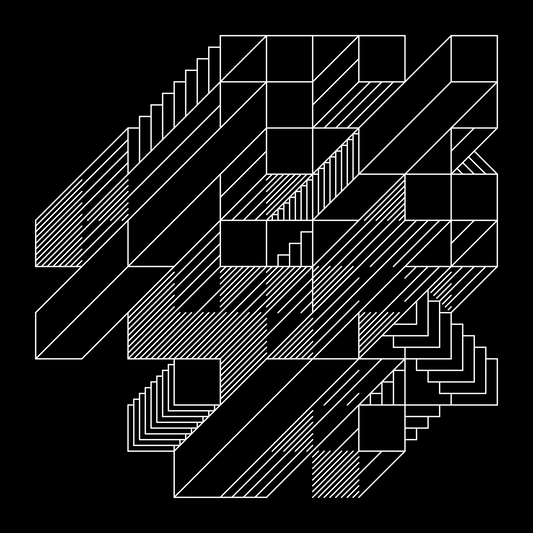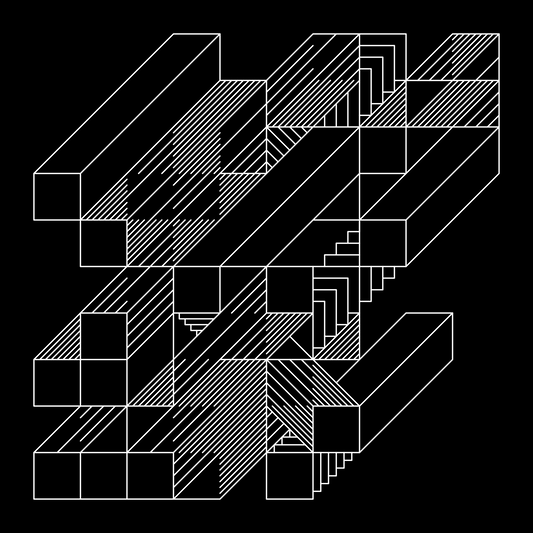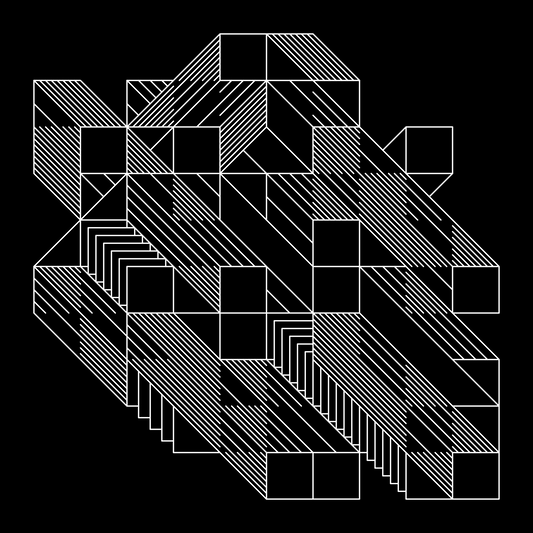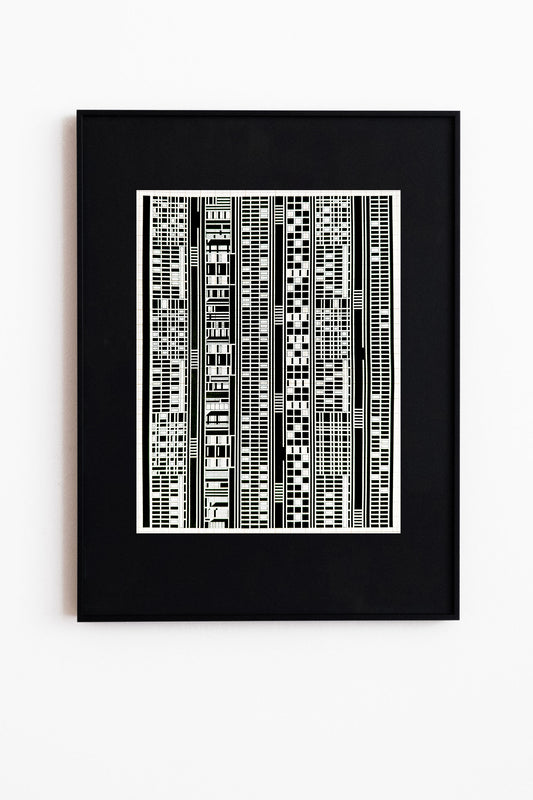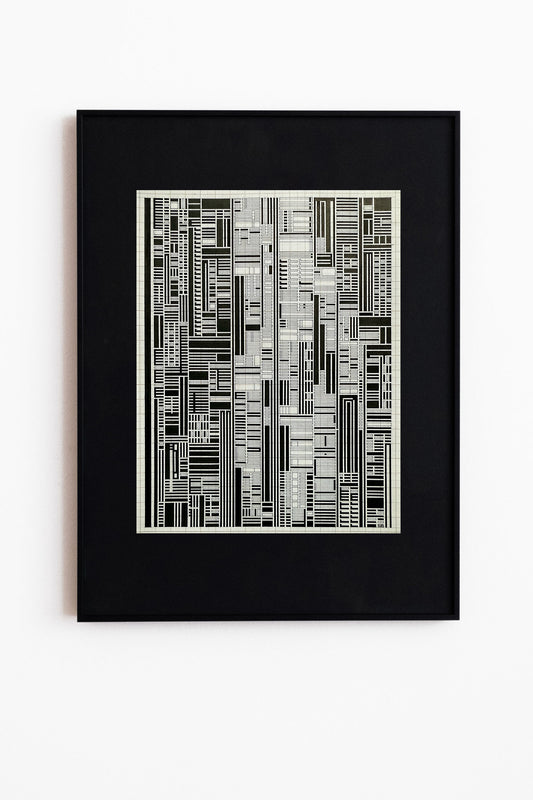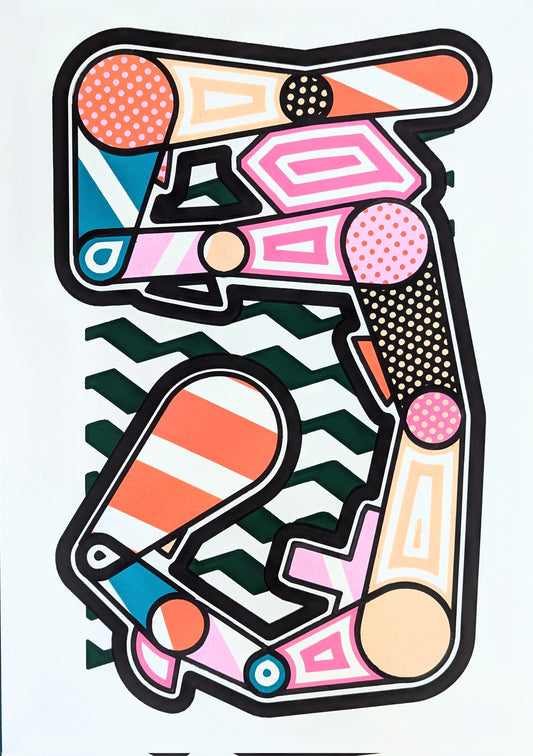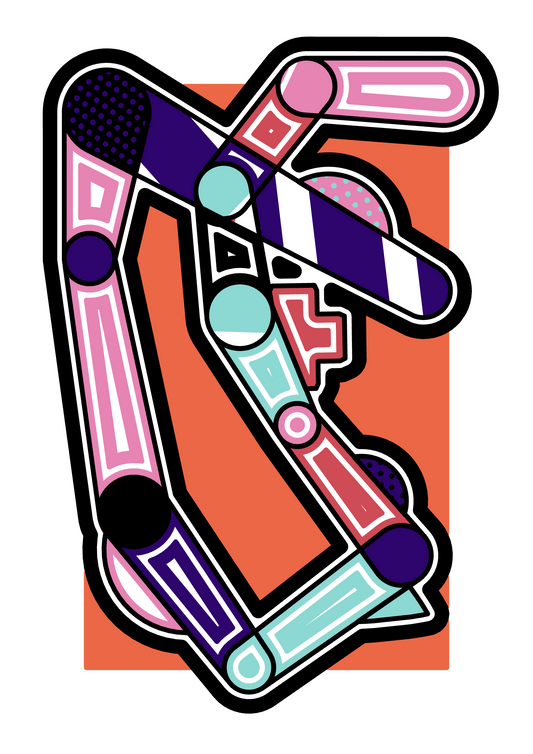MARCEL SCHWITTLICK Solo Show
The exhibition AUTO/GRAPH highlights the paradox of an automated manufacturing process which, nevertheless, expresses the artist’s sensitive expression. Schwitllick manifests his conceptual vision by interacting with the machine, seeking to speak its language to exploit its formal expression.
If the definition of Autograph is ”that which is written by someone’s own hand”, Schwittlick redefines this principle by delegating the action of the hand to the automation of tools and the implementation of systems.
His process becomes his signature, it is through the choice of digital and mechanical devices that he asserts his style.
Marcel Schwittlick, is a Berlin-based artist who finds his inspiration in the observation of cybernetic aspects and generative systems of modern technology. Graduate of the University of Applied Sciences in Berlin, he studied the technical properties of digital media, the development of media systems and human-computer interaction. In 2019 he specialized in computational art, taking the interdisciplinary course Art & Media at the University of the Arts Berlin, which focuses on the interaction between artistic experience and technical media.
From this path between art and technology, he acquired the skills to build his own programs and algorithmic machines, dedicated to artistic creation. The use of the computer associated with robots constitutes an essential link to his experimentation.
His practice is illustrated in various forms: plotter drawings, physical and interactive installations, virtual reality & generative poetry... The exhibition presents, more particularly, his series of works on paper, which illustrate his practice of plotters.
Collector of machines, such as pen plotters from the 80's (HP 7475A, Roland DG - DPX 3300,...), his approach is situated between technology and vintage. He forges a relationship across physical and digital media, traditional and modern approaches. By using this type of process, he returns to the very history of our relationship with computers.
The procedural aspect of his practice is apparent on several levels ; by creating protocol and automated production systems, by exploring the generative function via programming, and also via the very principle of series with several works obeying the same model. For example, in his series Upward Spirals, he declinates the principle of the spiral according to the combinatory possibilities of the colors of the chromatic circle.
An important step in his process began in 2012, when he started developing a software that records the movements of his computer’s cursor, interpreting them as lines. This thick volume of information is a basic material, which he organizes with algorithms by processing them according to their properties. His interface allows him to select the lines by defining precise criteria and parameters, which will be the matrix of the final work.
The series One honest day of work retranscribes a trace of the past, using man-made data as a source. This work particularly illustrates his study of cybernetics ; revealing the contrast between the capture of a disordered human gesture, and the aesthetic form linked to computer language.
”I want to see artists touching all aspects of their work, the nature of the media applied with the freedom of the artistic mind. This challenging moment is when interesting creation is happening — Serendipity and chaos in the realm of rules and order.” extract from the interview Artqol, 2019, Marcel Schwittlick on the Intersection of Art and Technology
In his process he applies a notion of cycle, he establishes systems that navigate between digital and tangible. For example, the recording of a physical data can be passed through the prism of programming, to be finally materialized by the plotter. The final work is thus the visual witness of all his creative process. Schwittlick is looking for the moment when the plot is at the limit of entropy. That precise moment when the unpredictability of information content passes a level of visual disorganization that cannot be human.
By producing a code in direct dialogue with the tool, he intentionally explores the chance or the margin of error, and thus manages to capture the «sensitivity of the machine». Thus in the series Composition #65, the artist exploits the aestheticism of a bug discovered while using a vintage plotter.
This experimentation is sometimes pushed to the extreme ; in the series Buffer overflow, he forces the overflow of a plotter a hundred times, to obtain the graphic imprint of its successive passages.
The artist also tests the physical limits of the tool, as in the series Composition #52, the dying rotring, where he exploits the effects obtained by the wear of the pen, or with his Upward Spirals and the successive layers of industrial wax.
In this process, the artistic performance is then delegated and robotized. The spirituality of the approach is inscribed in the search for a pure manifestation of a system. By capturing and materializing it, Schwitllick highlights our relationship to the machine, the repetition and automation of tasks in our daily lives.


